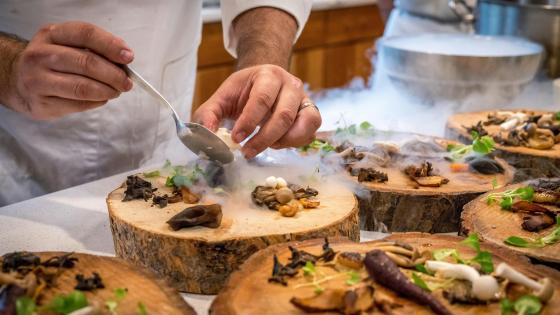
Restaurants
Sourcing and serving fresh produce from local farms remains a trend in the U.S. foodservice industry. The practice of sourcing locally grown fresh produce, first featured by niche and high-end restaurants, moved into mainstream foodservice distribution channels in the early 2000s. A focus on local food appears to be persisting into the 2020s. The National Restaurant Association’s 2018 Culinary Forecast, based on surveys of nearly 700 chefs, identified hyper-local sourcing as the top restaurant concept trend, with local produce also among the Top 10 concept trends. Marketing fresh produce to standalone restaurants and small chains, which may be willing to pay price premiums for quality, has helped beginning farmers develop small-scale wholesale produce channels.
Key Requirements
| Marketing Time Required | Medium |
| Required Product Volume | Medium |
| Potential Sales Volume | Medium |
| Price Per Item | Medium |
| Difficulty of getting into this market | Medium |
| Importance of Product Quality & Shelf-Life | High |
How do I get started in selling to Restaurants?
Key ways to get started selling in restaurants:
- Develop relationships with chefs
- Understand the effects of pricing on their financial returns
- Manage potential risks from a new or developing market channel
- Prove reliability by offering consistent product quality and superior service to chefs and restaurants
Challenges
- Chefs are busy people and coordinating with them requires time.
- You may be dropping off small amounts of product that may not be worth the delivery cost.
- Product quality expectations may be higher than in other direct markets.
- Lower prices per unit can be challenging for profitability.
Opportunities
- Depending on the restaurant, you could be able to sell more volume than in other markets.
- Co-branding through the restaurant (features in the menu or on info cards on the table) can provide extra branding opportunities.
- Serves as good supplementary market channel.